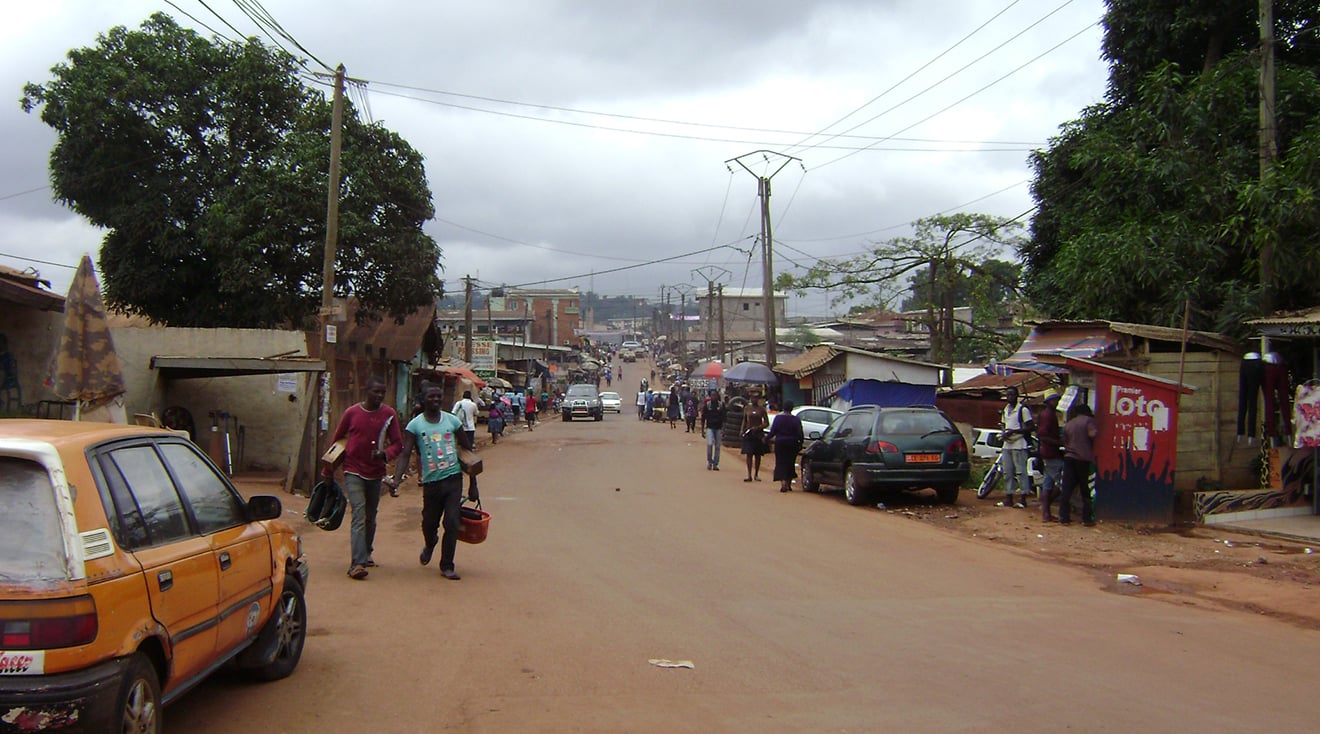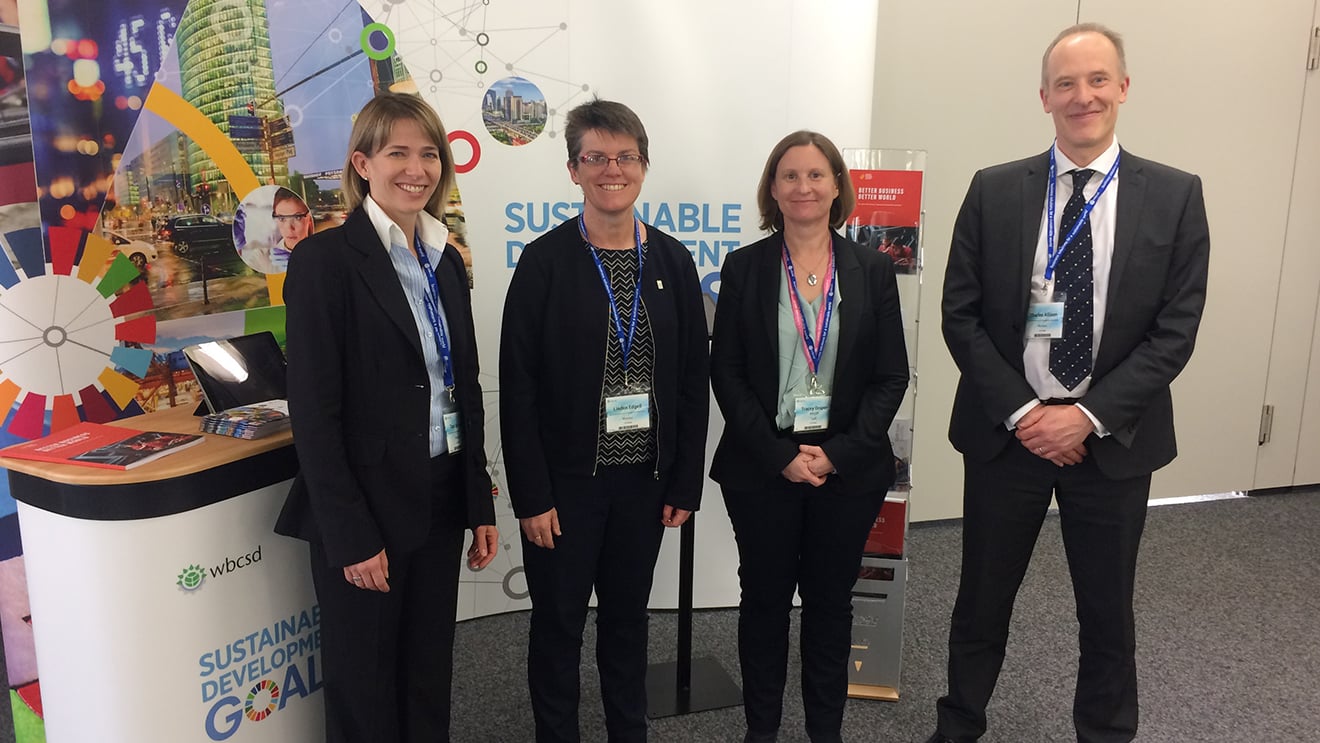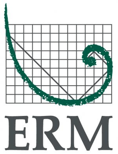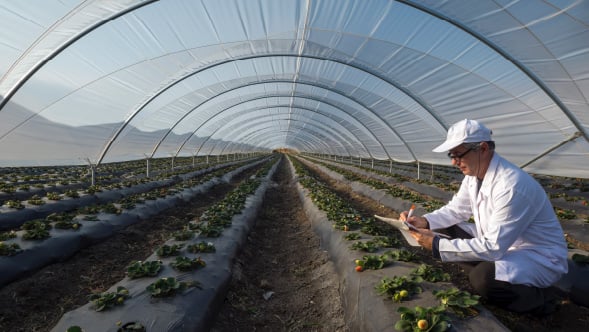Planning for growth
Balancing profitable and sustainable growth
Providing food, energy, homes, transportation and employment for our growing population will place unprecedented burdens on the planet’s already strained resources. A rise in demand will also impact the availability and affordability of natural resources required for key processes, such as manufacturing and transportation.
ERM develops regional and community plans for areas impacted by rapid growth and development. Instead of focusing just on traditional permitting, auditing and compliance issues, the team at ERM takes a participatory approach to community planning in order to address the social risks and opportunities associated with population influx.
People migrate to urban areas for employment, but they also migrate towards major construction, infrastructure, energy projects as well as the services economy. Such migration is often overlooked until it reaches a tipping point, causing problems both for our clients and local communities in terms of loss of agricultural land, over use of natural resources and poor living conditions.

Influx Management Strategy in West Africa
We are working with a confidential company in West Africa. Recognizing the significant social and economic changes that would result from the likely influx of people to the area of the project, the client engaged ERM to prepare an Influx Management Strategy. This work identified and addressed the risks and opportunities associated with rapid population growth in the region. It was linked to a community investment strategy that ERM developed to help the client direct financial support to areas that aligned with local development priorities and would support sustainable growth.

Rapid population growth can be one of the most complex impacts of resource development projects, making it critical for companies and governments to start planning for influx management early on. ERM helps clients around the world identify the risks and opportunities rapid influx can have, and helps develop tools and approaches to enable healthy and sustainable community growth.
Emily Nunn, Senior Consultant - Toronto, Canada
Impacts of major capital projects
To facilitate rapid and mass transit in the future, governments and transport providers will need to invest in major capital projects. The risks around land use, local communities and biodiversity from such projects will need to be well assessed and managed in a context where transportation is impacted by ongoing changes such as climate change, rising and highly volatile oil price, technological innovation such as self-driving and connected cars and the rise of ride-hailing.
Supporting high speed rail
With more people and goods needing to move between more cities and countries, transportation can act as either an enabler or an encumbrance.
ERM has secured a significant new contract working on one of Europe’s largest infrastructure projects over the next seven years, High Speed Two (HS2) Phase 2b, as part of a consortium. This forms part of a high speed railway line between London, Manchester and Leeds in the UK. In addition to serving as the Environmental Overview Consultant across this phase of the project, ERM will be taking a leading role in providing environmental services for the Nottinghamshire to Leeds and York section of the High Speed line.
Our work will involve delivering one Environmental Statement for the whole of the 270 km route. ERM will have a key role on stakeholder management and will also lead on a range of key environmental disciplines. Our overall program of work also includes provision of technical support as the project goes through Parliament. The contract builds on the significant success that ERM has had with this prestigious project over the last five years. The project promotes strong collaboration across our business, as well as with our consortium partners and the client.

The impact of population growth on infrastructure and transport is global. The pressure or opportunity areas are where there is a combination of several factors: namely, population growth, rapid urbanization, an emerging affluent class and GDP growth; and there are many places in the world where these factors are in play.
Bruce Davidson, Partner - London, UK

Bay Area Rapid Transit expansion
For more than a decade, ERM has played a key role in the Bay Area Rapid Transit (BART) Warm Springs Extension project, a San Francisco, California, infrastructure expansion project. BART recently published an article focusing on the sustainability merits of the new station to the local environment and the Bay Area community.
Feeding 9 billion people

We are supporting the WBCSD and the EAT Foundation in their efforts to establish a new global sustainable food system initiative. Called ‘Food Reform for Sustainability and Health’ (FReSH), the WBCSD’s new project aims at finding a way of feeding 9 billion inhabitants a healthy diet, produced in an equitable way, within planetary boundaries.
The initiative brings together stakeholders across science, business, government, and civil society to formulate a new framework in which we systemically address the challenges that threaten sustainable food production and consumption. FReSH places consumers at the center of the food system through a ‘fork to farm´ approach, focusing on what consumers need for a healthy and sustainable diet and working back through the supply chain to the farm.
ERM has seconded Principal Consultant Tracey Draper to the WBCSD project team. Her focus is on developing the food sustainability and reporting framework within the wider project.
Businesses and stakeholders in the food sector have started to examine solutions to the challenges posed by population growth, for example, climate-smart agriculture and better waste management. ERM is advising and helping to develop and implement such solutions.

Tracey Draper, Principal Consultant - London, UK (second from right) and ERM team at WBCSD meeting
Human rights in the supply chain

Through risk assessments, we are helping clients understand their risks as regards the use of discrimination and child and/or slave labor, remuneration and working hours, workplace health and safety practices, collective bargaining, and unionization and put in place appropriate management (e.g., management systems, internal and external audit programs, training and education).
We often help clients better understand the link between human rights and their operations – and the risks that they may have.
Sabrina Genter, Principal Consultant – Perth, Australia

We work with a number of clients in Thailand regarding human rights risks in the supply chain. A key issue for most of our clients in the food and beverage sector is the treatment of workers and especially of migrant workers in the supply chain. Through risk assessments, we are helping clients understand their risks as regards the use of discrimination and child and/or slave labor, remuneration and working hours, workplace health and safety practices, collective bargaining, and unionization and put in place appropriate management (e.g., management systems, internal and external audit programs, training and education).
Valuing natural capital

To help understand the impact of different projects, sites and processes on the environment, some of our clients are starting to embrace the concept of Natural Capital Valuation (NCV).
The aim of Natural Capital Assessments is to estimate the value that nature provides to a company, and how a company affects those values for others. Companies are striving to understand the economics of nature and how nature contributes to their long-term profitability.
Doug MacNair, Technical Director - Raleigh, North Carolina, US
As population growth accelerates, NCV will be particularly relevant to clients in those sectors that are dependent on a large volume of natural resources directly or through their supply chains, for example mining, oil and gas, chemicals and technology. The dependency can involve water, air, forests and biodiversity.
It is also becoming increasingly recognized that climate change will have a profound impact on natural capital, which will have a material impact on many companies. Severe weather events interrupt supply chains, warming oceans reduce seafood supplies and rising sea levels impact facilities and operations in coastal areas, to name just a few of the serious consequences.

ERM was involved in the development of the Natural Capital Protocol as part of a WBCSD-led consortium. Following this work, Doug is now seconded part-time into the Natural Capital Coalition, which is working with business to promote informed decision-making around a company’s interaction with nature, or its natural capital through using the protocol and sector guides.





